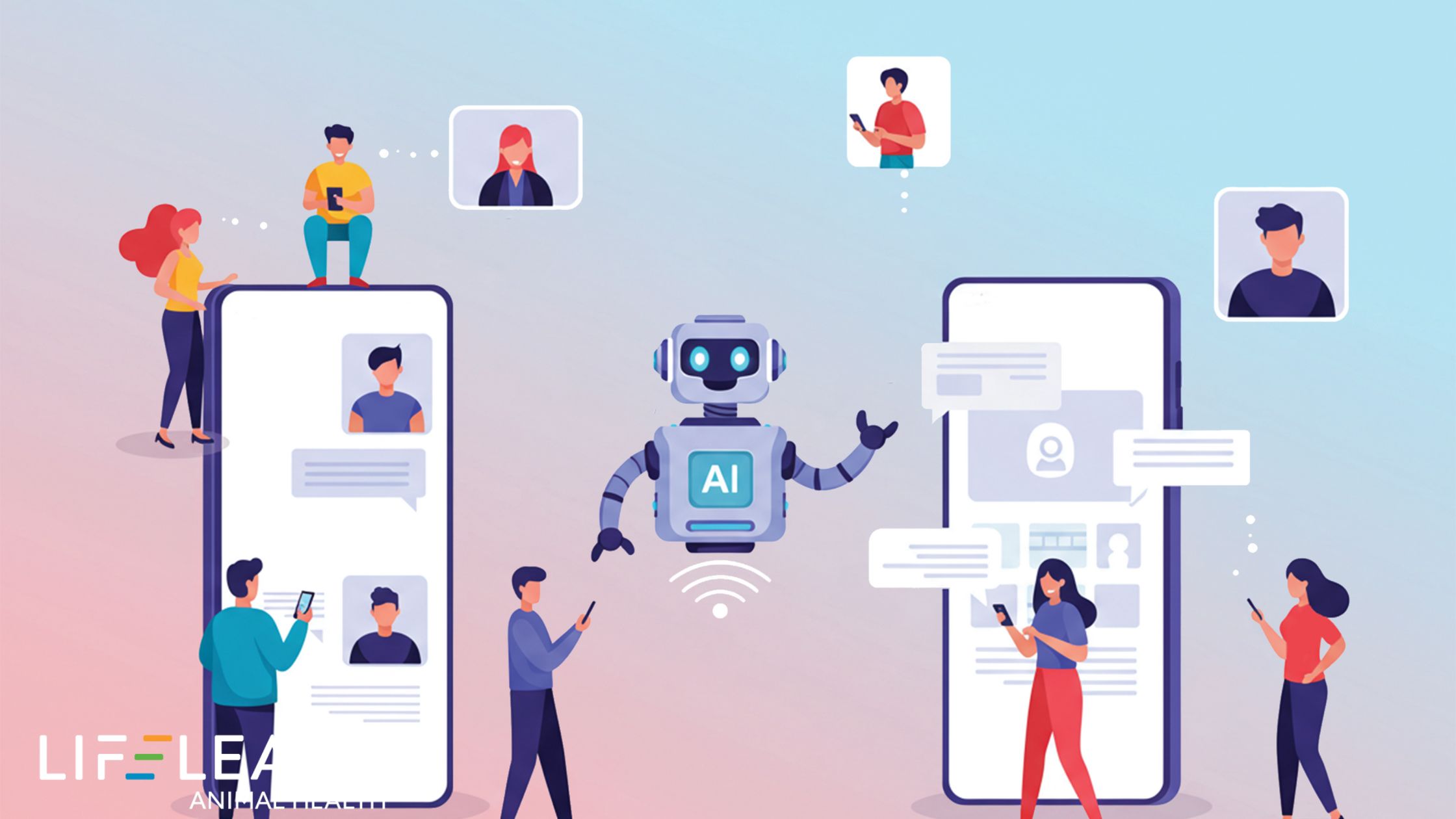The Growing Need for AI-Powered Triage in Veterinary Practices
Increasing Workload on Veterinary Teams
Veterinarians and staff often face an overwhelming workload, juggling medical records, client communications, and patient care. Manual triage is time-consuming and leaves room for error. With artificial intelligence, veterinary practices can automate repetitive processes, giving teams more time to focus on patient care and client relationships.
Every Minute Matters
In urgent care situations, timely decision-making can make a difference in outcomes. A triage AI-agent chat system can identify critical symptoms instantly and notify the right team member. This automation reduces delays, ensuring that pets in need receive immediate attention.
Managing Information Overload
Veterinary practices generate and receive a high volume of data daily, from electronic health records (EHRs) to client messages. A triage AI-agent helps manage this information by detecting patterns, filtering urgent cases, and reducing staff overwhelm.
Inside a Veterinary Triage AI-Agent: How It Works
A veterinary triage AI-agent functions through a series of interconnected modules:
- Data Ingestion – Collects real-time inputs from EHRs, client chats, and online forms, converting them into a structured format for analysis.
- Feature Extraction – Refines raw data, pulling out relevant clinical patterns such as symptoms, pet age, or medical history.
- Assessment Engine – Uses programmed logic and machine learning to categorize cases, prioritize urgency, and recommend next steps.
- Alert Dispatch – Automatically routes cases to veterinarians or staff through dashboards, secure messaging, or automated workflows.
- Feedback Loop – Tracks outcomes and staff feedback, continuously improving triage accuracy and efficiency.
Real-World Applications for Veterinary Practices
- Emergency Case Prioritization – Identifies urgent conditions like poisoning or trauma, ensuring rapid response and preparation before the client arrives.
- Remote Monitoring Support – Integrates with wearable pet devices or follow-up data to alert staff of concerning changes post-treatment.
- Chronic Care Management – Flags long-term health trends (e.g., diabetes, heart disease) and sends proactive reminders for appointments or testing.
Benefits for Veterinary Practices
- Faster Interventions – Automated alerts reach staff in seconds, reducing time-to-care compared to manual review.
- Reduced Staff Burnout – Eliminates low-priority interruptions, enabling veterinarians to focus on urgent and high-value cases.
- Consistent Care – Provides standardized triage 24/7, minimizing variability due to shift changes or fatigue.
- Scalability – Supports practices of all sizes, from single-location clinics to multi-site hospitals, without requiring additional staff.
Best Practices for Implementing Triage AI in Veterinary Settings
- Collaborate with Veterinary Teams Early – Define what constitutes urgent cases and set clear escalation rules.
- Clean Your Data Sources – Ensure medical records, client information, and historical data are accurate before training the AI system.
- Start Small – Roll out the AI-agent in a high-impact area, like after-hours triage or ER cases, before expanding.
- Include Veterinarian Oversight – Allow veterinarians to provide feedback and override AI decisions when necessary.
- Track and Improve – Regularly audit AI decisions for accuracy, false positives, and client satisfaction.
Challenges and How to Address Them
- System Integration – Many practices use multiple software systems. Custom integrations may be needed to ensure seamless operation.
- Skepticism from Staff – Transparency in how AI makes decisions can increase trust among veterinarians and staff.
- Data Privacy & Compliance – AI tools must follow data security best practices and adhere to veterinary privacy regulations.
- Bias and Equity – AI models should be reviewed to ensure fair prioritization across all patient types.
The Future of Veterinary Triage AI
Looking ahead, veterinary triage AI will expand its capabilities, including:
- Automated Appointment Scheduling – Proactively booking follow-ups when early signs of risk are detected.
- Care Coordination – Seamlessly connecting general practices with emergency hospitals or specialists.
- Population Health Dashboards – Predicting seasonal spikes in illnesses or urgent cases through trend analysis.
Closing Thoughts
Smarter Triage for Better Veterinary Care
Triage AI-agent chat systems are transforming veterinary practices by streamlining workflows, improving patient outcomes, and reducing clinician fatigue. By leveraging automation, artificial intelligence, and real-time data, practices can deliver faster and more consistent care.
At LifeLearn Animal Health, we specialize in helping practices embrace intelligent technology—from custom veterinary websites to AI-driven solutions that save time and improve client communication. Our WebDVM Bundles, SEO services, and digital tools empower practices to stay efficient, enhance patient care, and build stronger client relationships.
Ready to see how LifeLearn can support your practice? Book a consultation today to explore the right solutions for your team.






